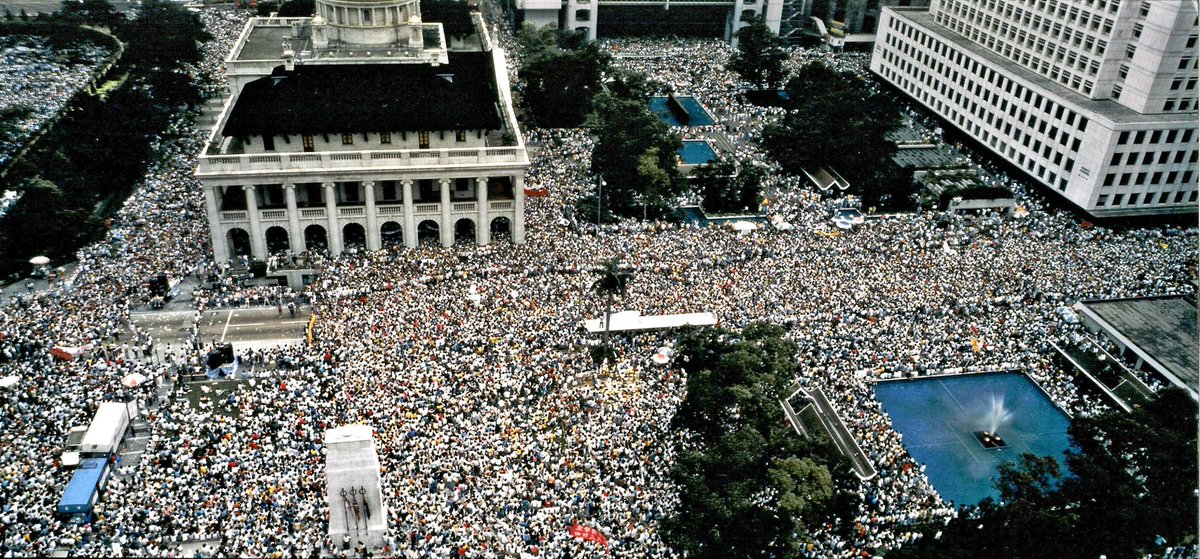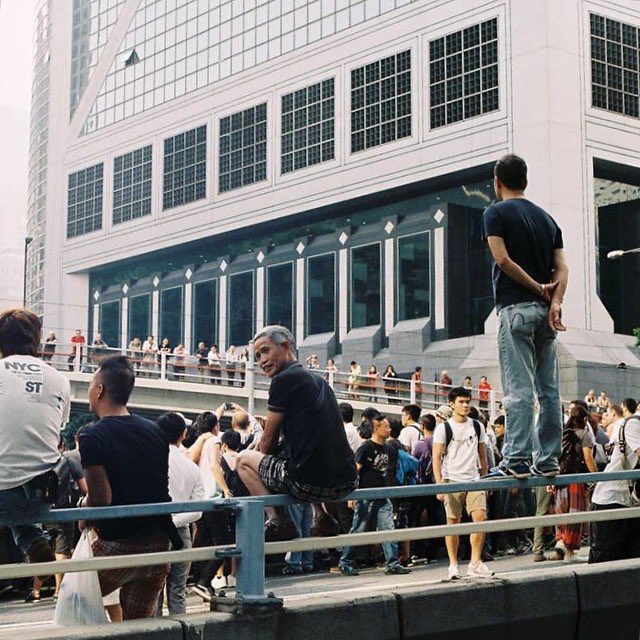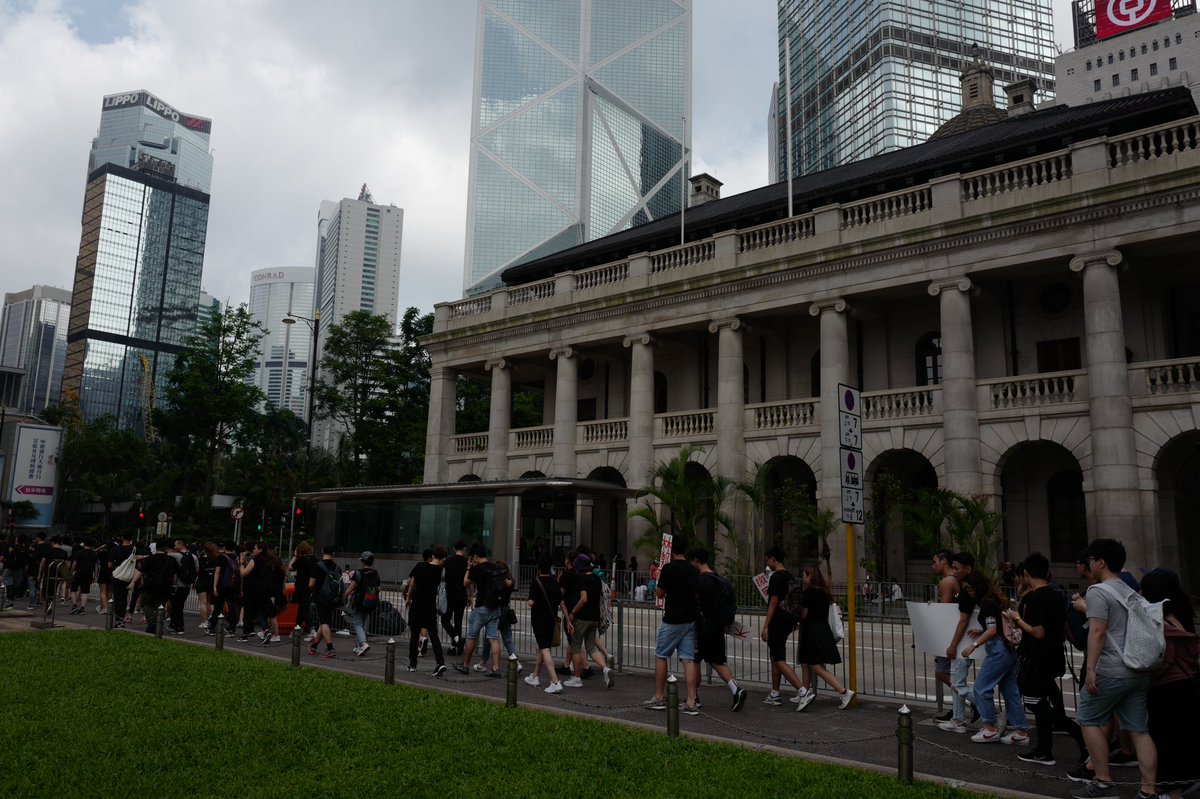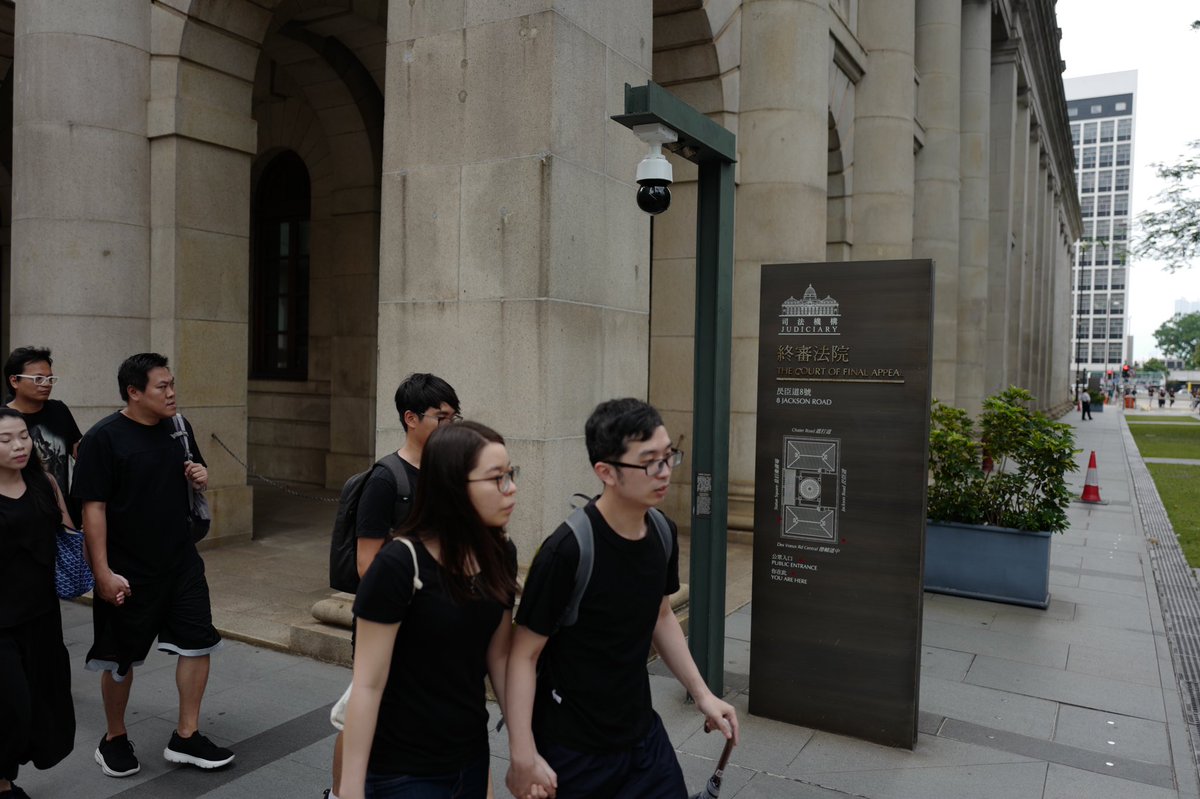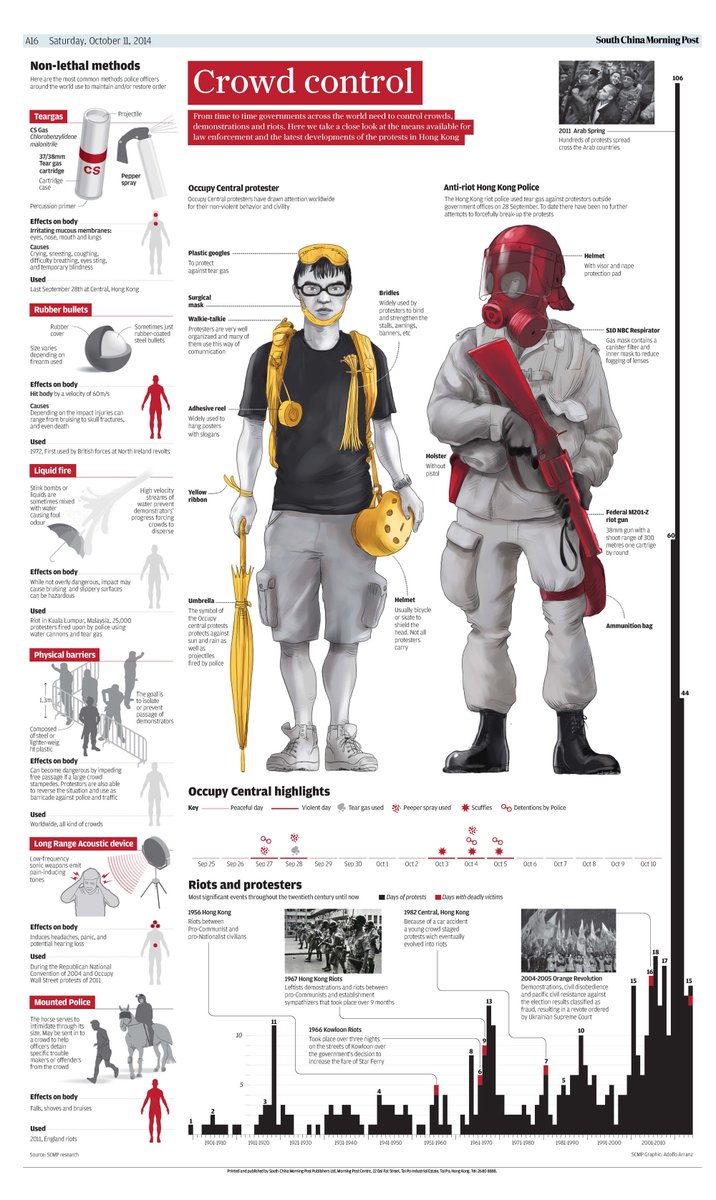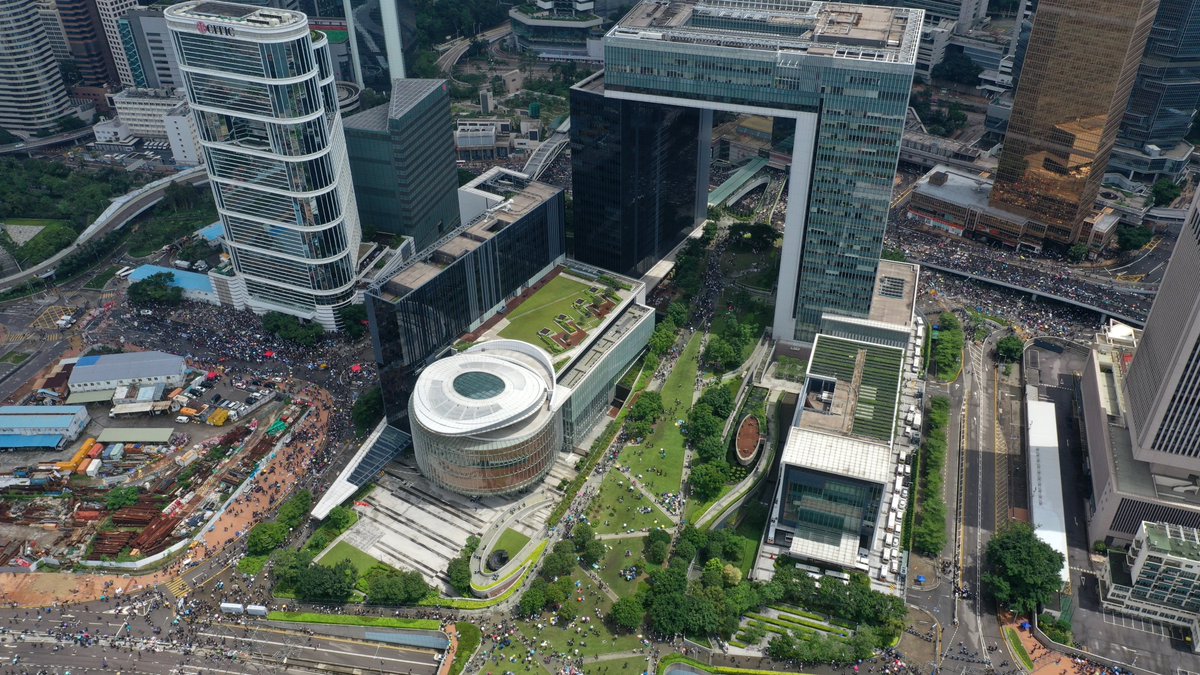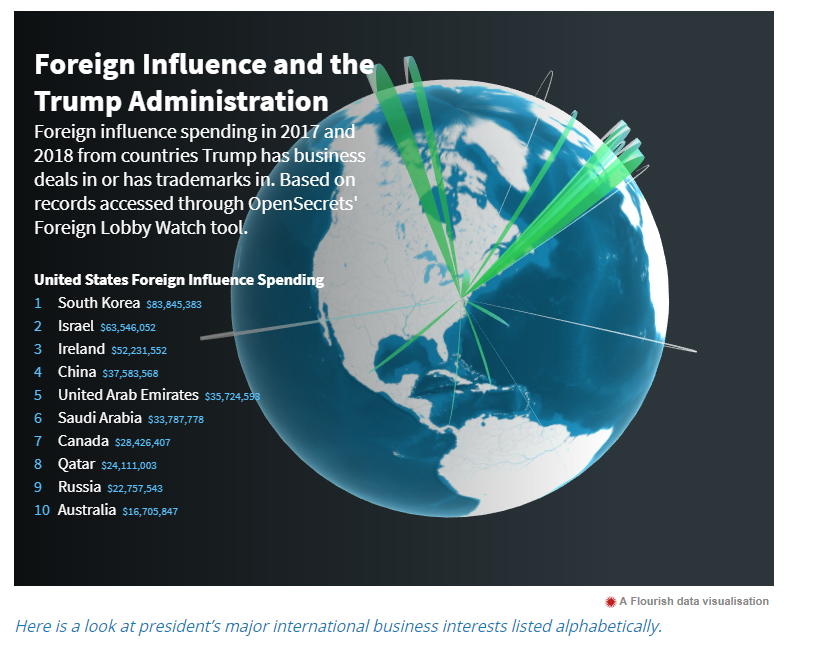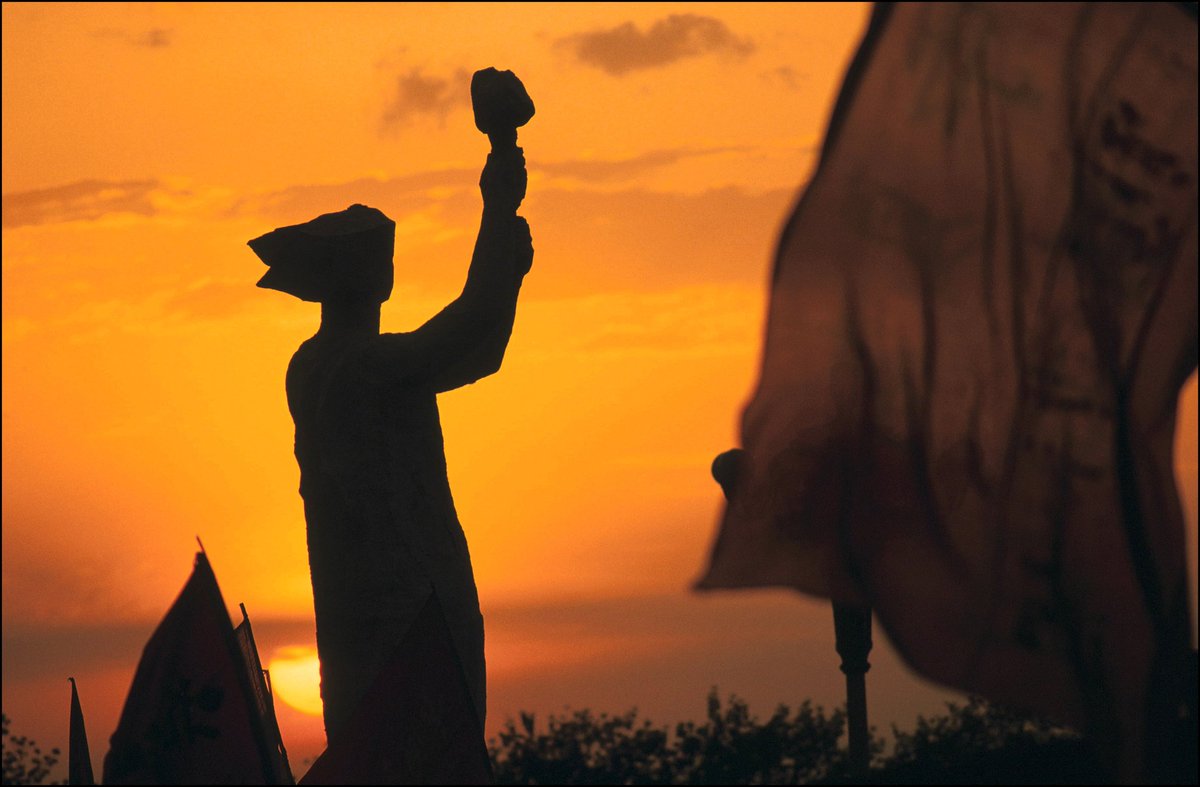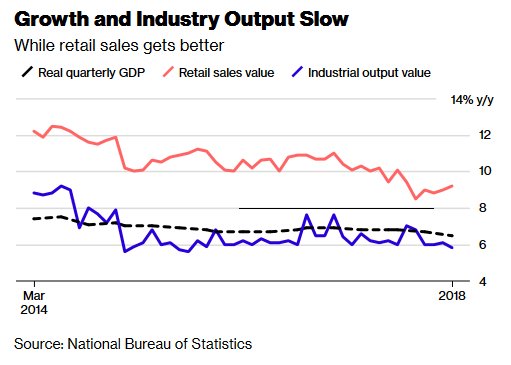Photos via @lera_engineers, structural engineer for the building. lera.com/bank-of-china-…
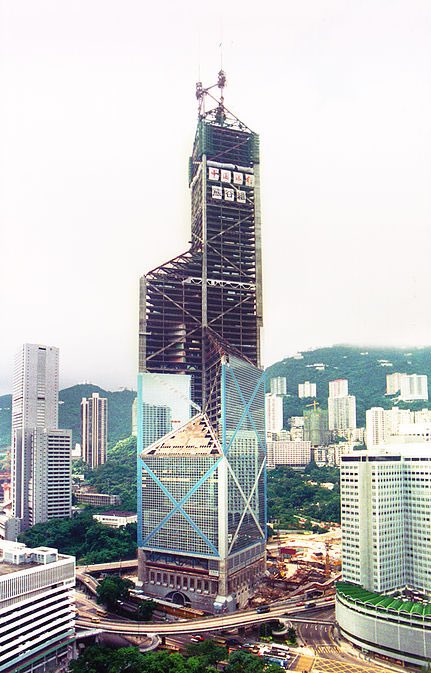
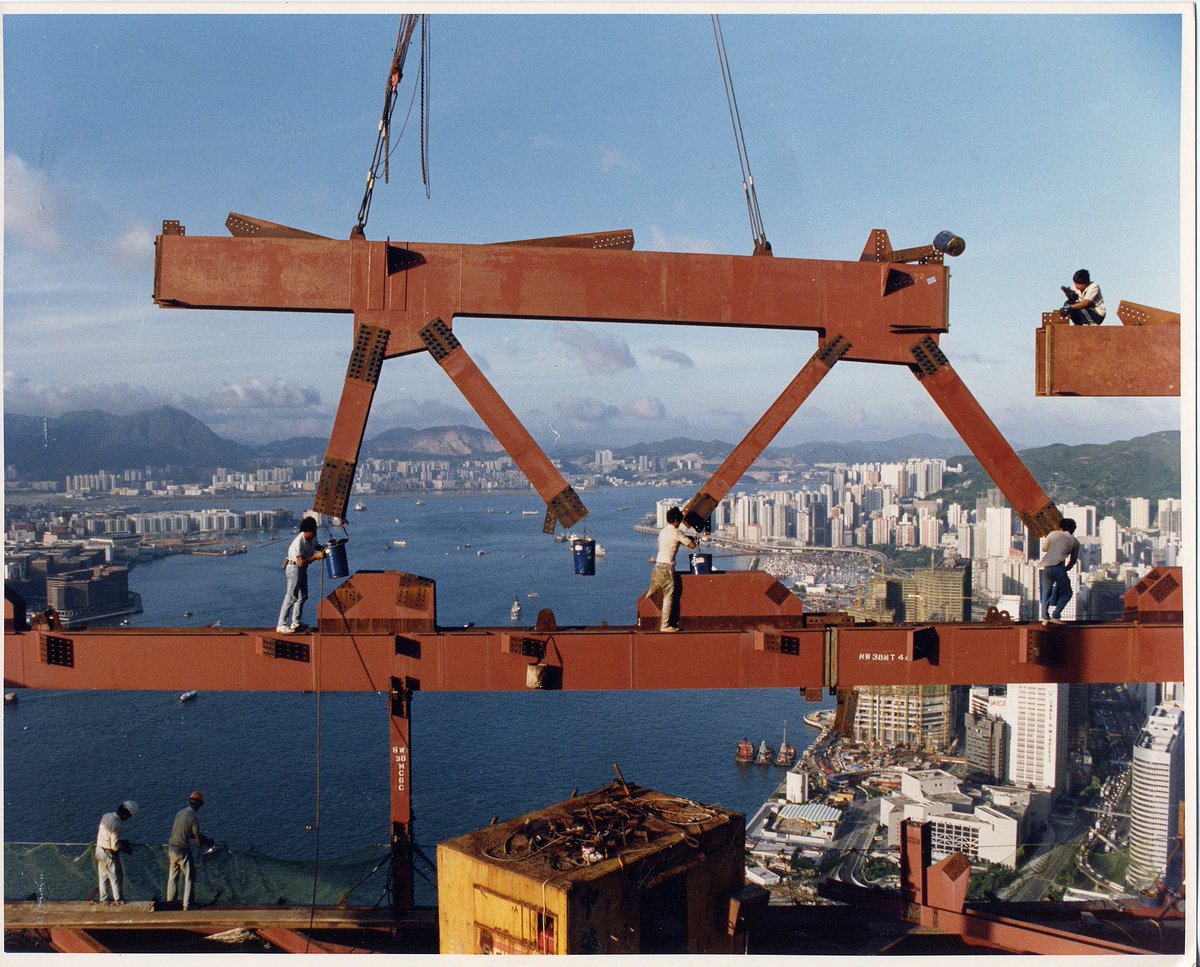
But for Pei, the stakes were high for a different reason at first.
Today, these dreams are dashed by the horrible events at Tiananmen Square. We were shocked beyond measure. The revulsion soon turned to anger, then sadness, for it was all so unnecessary."
"I cannot accept the thought that all the blood was shed in vain that Saturday night, June 3, 1989, at Tiananmen Square."
Photo taken on May 28, 1989 via @HKAA1989
